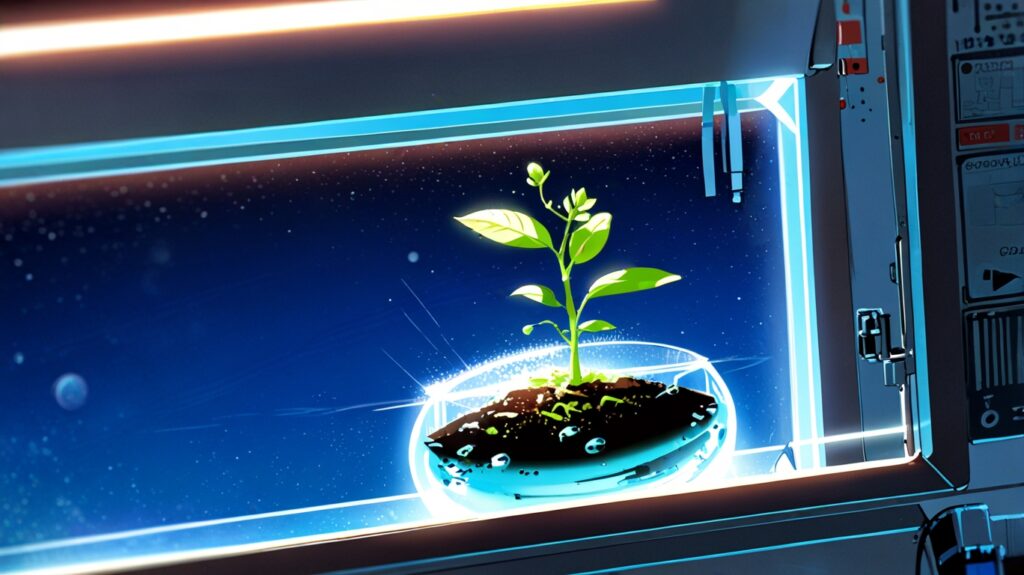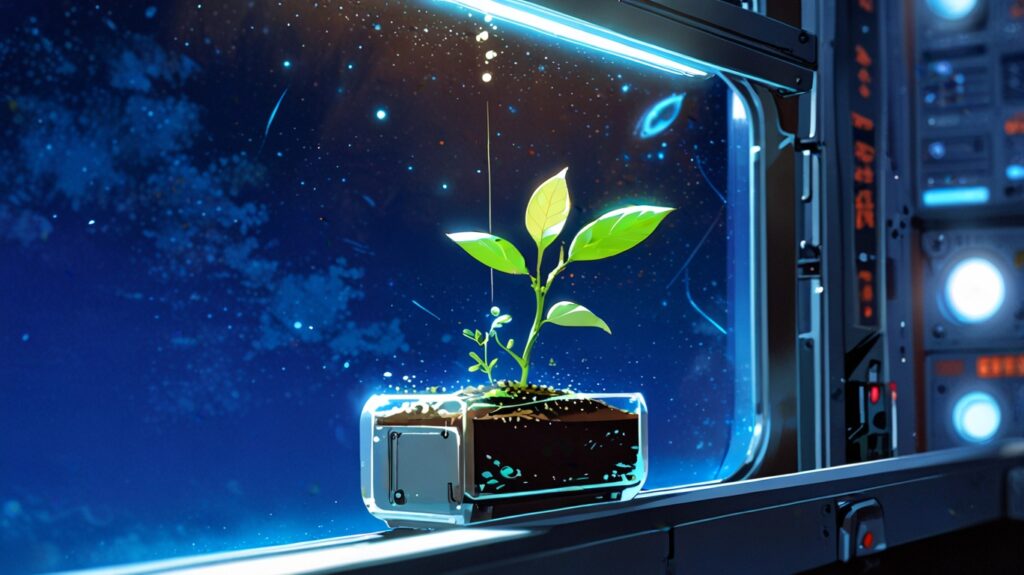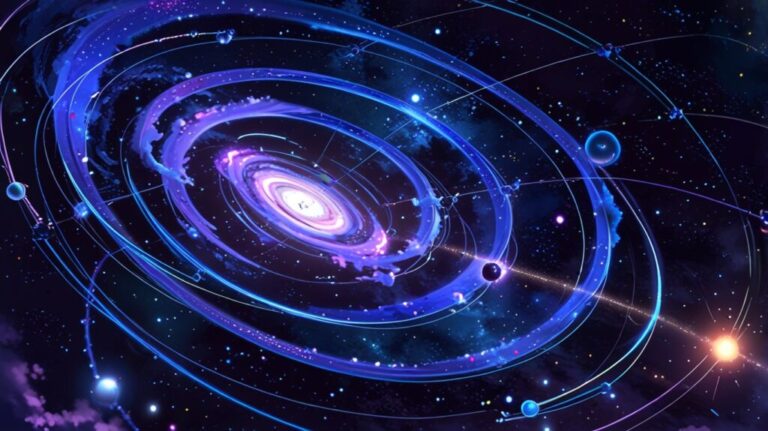Can moong seeds sprout in microgravity?
Can Moong Seeds Sprout in Microgravity?
Alright, let’s talk about something that sounds like a science fair project from the future but is actually very real and very cool:
Can moong seeds — you know, those humble little green lentils your mom probably soaked overnight — actually sprout in microgravity?
Like, can they grow in space?
It’s a surprisingly deep question that blends botany, physics, food security, and the very future of human space travel. And spoiler alert: the answer is both yes and whoa, this could change everything.
So let’s unpack this together, chill and easy — no science jargon, no over-the-top tech talk. Just one curious human explaining it to another, like we’re lying on the grass, staring up at the stars, and wondering what we could grow up there.
First: What the Heck Is Microgravity?
Before we jump into seeds, let’s talk about where they’re headed.
Microgravity doesn’t mean “zero gravity” (which is kind of a myth). It just means gravity is really low — like when you’re on the International Space Station (ISS), and everything’s floating. Astronauts drift, water floats in blobs, and even brushing your teeth becomes a whole event.
In microgravity, all the rules plants normally follow on Earth — like which way to grow, how roots go down and stems go up — kind of break. Because guess what? There isn’t a “down” anymore.
So… What Happens to Moong Seeds in Space?
Moong seeds (also called mung beans) are super popular in space experiments — and for good reason:
- They’re small and easy to pack.
- They sprout fast — like, overnight fast.
- They’re nutrient-dense, meaning they could actually be useful as astronaut food someday.
So scientists have sent moong seeds into microgravity environments, including space flights and parabolic “vomit comet” flights (yep, real name) that simulate zero gravity for short bursts.
And guess what?
They sprout.
Even in microgravity, those little seeds somehow know to start growing. It’s not always perfect — their roots don’t grow “down” (because there is no down), and their shoots kind of curl around in weird directions — but they do it anyway.




How Do They Even Know How to Grow?
On Earth, seeds use gravity to figure out which way to send roots and which way to send shoots. This is called gravitropism — gravity-based direction-finding for plants. Roots go down. Shoots go up. Easy.
But in space? The seed’s like, “Uhhh… now what?”
What’s wild is that moong seeds (and other smart little plant babies) seem to switch to using light instead of gravity. It’s like a backup GPS. They stretch toward whatever light they can find, even if they’re floating sideways or upside-down.
So if astronauts give the sprouting seeds the right cues — like soft lighting from above — the moong shoots grow toward that light. Which is honestly kind of beautiful. Even when the rules change, life finds a way.
Why Is This Such a Big Deal?
Okay, now this is where things get serious. Because if we’re going to live on the Moon, Mars, or even do long-term space missions, we need to grow food up there. We can’t keep launching supplies from Earth forever — it’s expensive, risky, and totally unsustainable.
If simple, reliable seeds like moong can grow in space? That’s huge. That means:
- Astronauts can grow fresh food instead of relying only on freeze-dried pouches.
- We can build closed-loop life support systems — plants take in carbon dioxide and give off oxygen, which helps humans breathe.
- Growing something green and alive in space could also help with mental health. Because let’s be honest — a tiny sprout in space is a symbol of hope, right?
The Challenges: It’s Not All Green Shoots and Sunshine
Okay, real talk: it’s not easy.
In microgravity, water doesn’t move like it does here. It forms floating blobs. That means:
- Seeds might get too much water or not enough.
- Fungi and bacteria might grow more easily in damp, floating environments.
- Light has to be carefully placed so the plant knows where to grow.
Also, the long-term effects of microgravity on full plant development (like flowering and producing seeds) are still being studied. Sprouting is one thing. Farming is a whole other level.
But hey — one small sprout is the first step, right?
Final Thoughts
So, can moong seeds sprout in microgravity?
Yes. 100%. And it’s one of the coolest, quietest victories of modern science.
It might not look like much — just a tiny green shoot stretching toward a lamp inside a floating lab — but that little sprout is hope. It means that even in the weirdest, most unnatural environments, life adapts. It keeps reaching. It keeps growing.
And someday, when we’re sipping moong sprout soup on a Mars base, we’ll know where it all started — with a tiny seed that believed it could grow, even when up and down stopped making sense.
Related Articles from EdgyThoughts.com:
Why Emotional Intelligence Is Finally Being Taught in Schools
https://edgythoughts.com/are-schools-teaching-emotional-intelligence-now
Is VR the Future of Classroom Learning?
https://edgythoughts.com/is-vr-the-future-of-classroom-learning
External Resource:
Read more about plants in space:
Plants in space – Wikipedia






One Comment